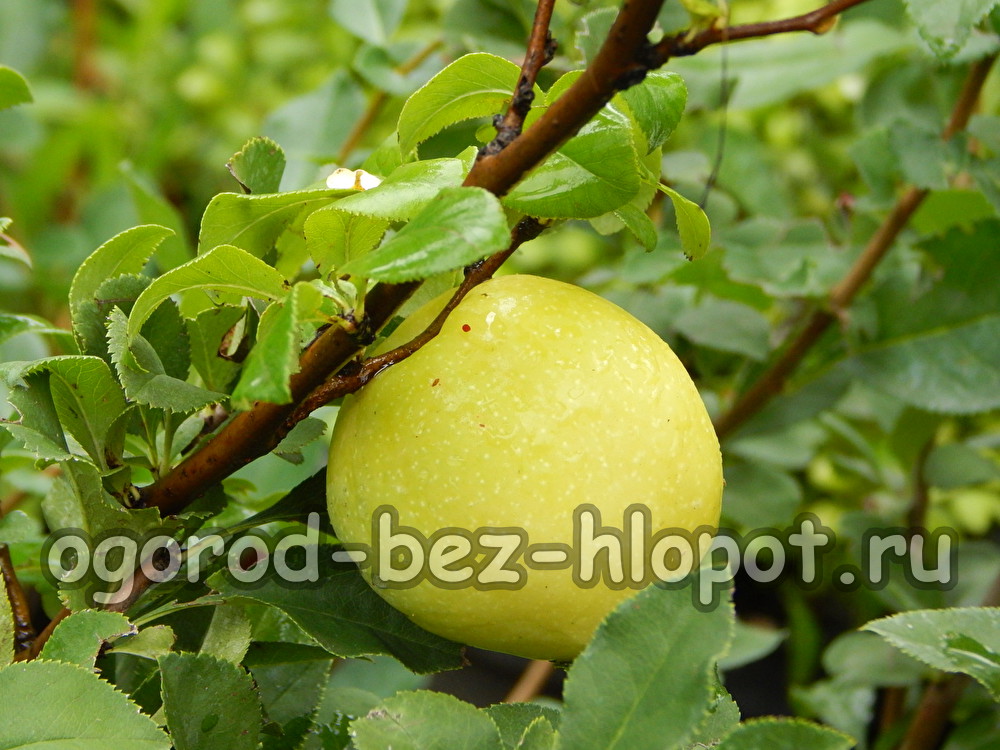
Henomeles, or Japanese Quince, belongs to the Rosaceae family. These are thorny, deciduous shrubs that sometimes reach up to 2 m in height. The plant has a very dense, rounded crown. In May, the plant blooms profusely with beautiful red, orange or pink flowers. The fruits are fragrant, similar to a small apple. Japanese quince propagates both from seeds and to layering or cuttings.
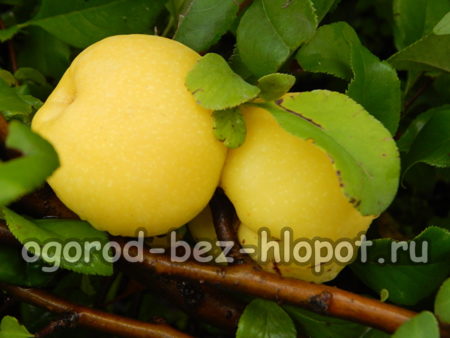
Location and landing conditions. Henomeles prefers sunny places with good air circulation, but can also grow in shading. The root system is very deep, so it’s better not to transplant it. In addition, if a piece of the root remains in the transplant, it will sprout. Japanese quince prefers rich, drained soil. However, it can grow on poorer soils. It does not tolerate only alkaline soils.
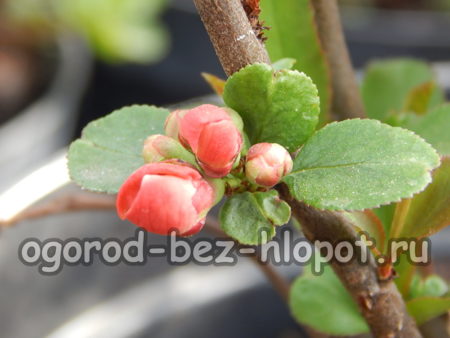 Care. The plant responds well to spring fertilizer. Watering is required regularly for higher yields, but the bush can withstand drought. To retain moisture and to prevent weeds, quince is preferably mulched. Japanese quince tolerates a haircut, which makes it possible to use it for low hedges. Haircut, in turn, stimulates the formation of a dense, dense crown. Plants can freeze in severely harsh winters, but, as a rule, they are perfectly restored.
Care. The plant responds well to spring fertilizer. Watering is required regularly for higher yields, but the bush can withstand drought. To retain moisture and to prevent weeds, quince is preferably mulched. Japanese quince tolerates a haircut, which makes it possible to use it for low hedges. Haircut, in turn, stimulates the formation of a dense, dense crown. Plants can freeze in severely harsh winters, but, as a rule, they are perfectly restored.
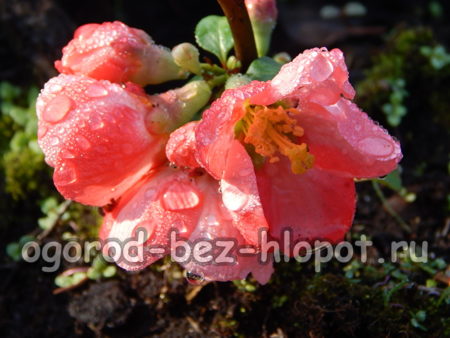
Using the fruits of quince Japanese. The fruits are heavy and hard, yellow and tart. Fruits are eaten raw or boiled, less often they are used dried. The fruits of the genomeles soften a bit after being left a little in the refrigerator, and they can be used instead of lemon.
It is interesting to know that 100 grams of juice contains 124-182 mg of vitamin C, and this is 3 times less than the fruits of lemon. Japanese quince juice also contains elements of potassium, magnesium, iron, copper, zinc, sodium, calcium and is rich in fruit acids.
Fruits contain high levels of pectin, so jam is often boiled from them. In Japan, for example, from the fruits of Japanese quince, sugar and alcohol make an excellent liquor.
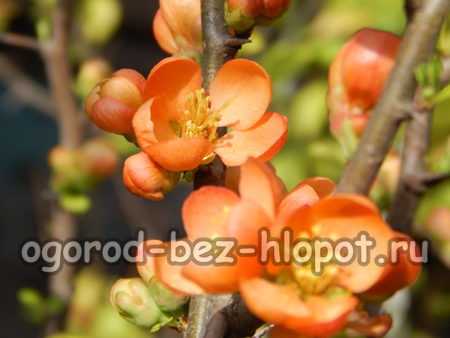
Japanese quince is very useful and has medicinal properties. It helps fight respiratory diseases, acts as a stimulant for the immune system and is used as an anti-inflammatory for pain in joints and muscles.

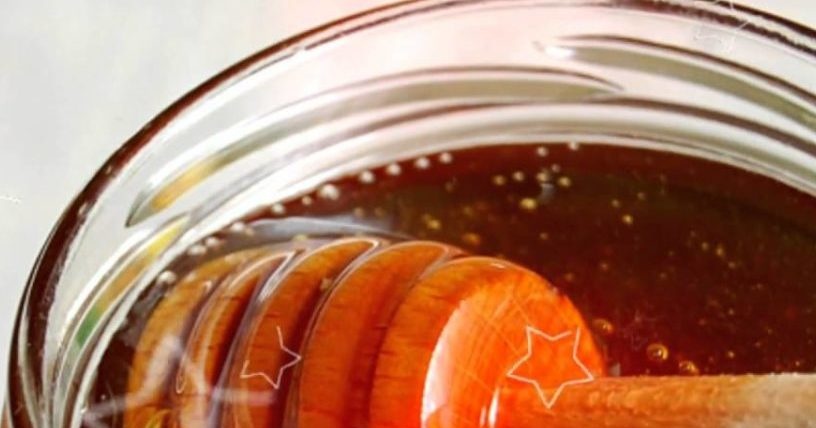
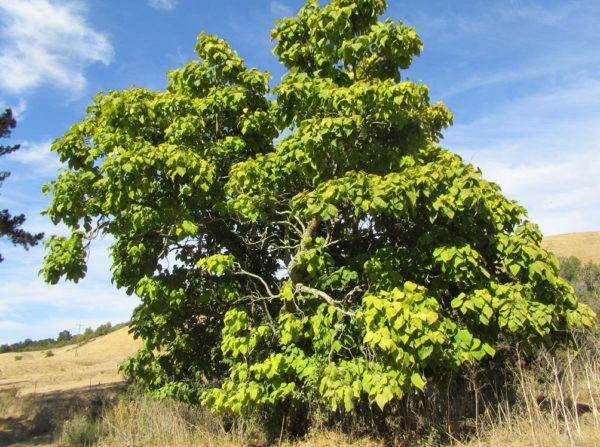
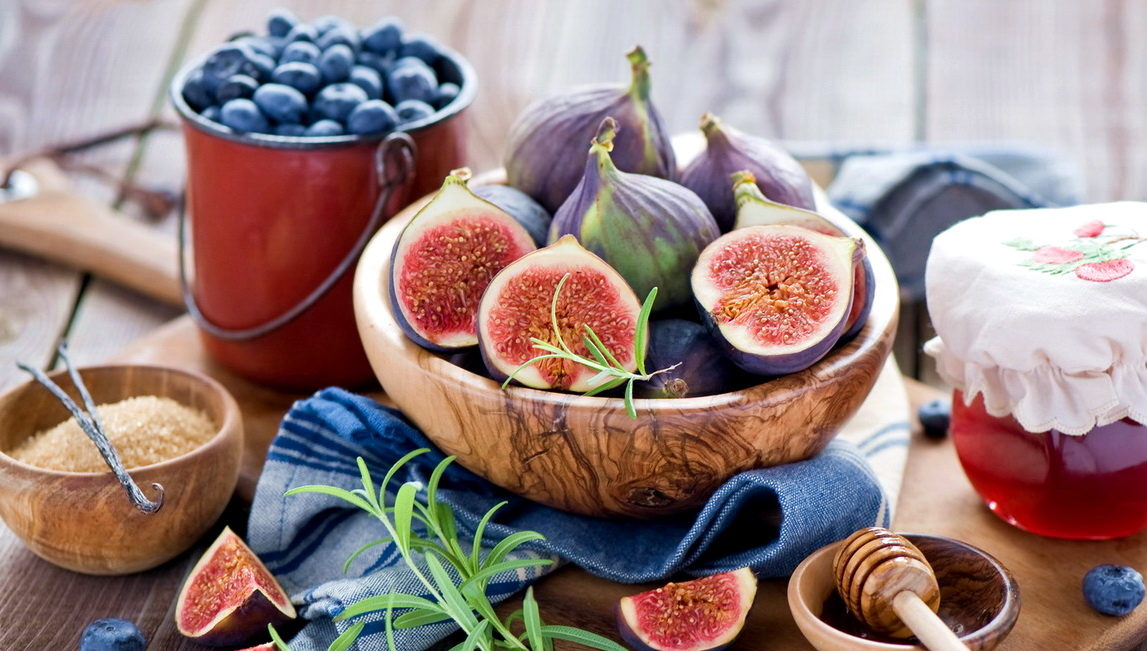
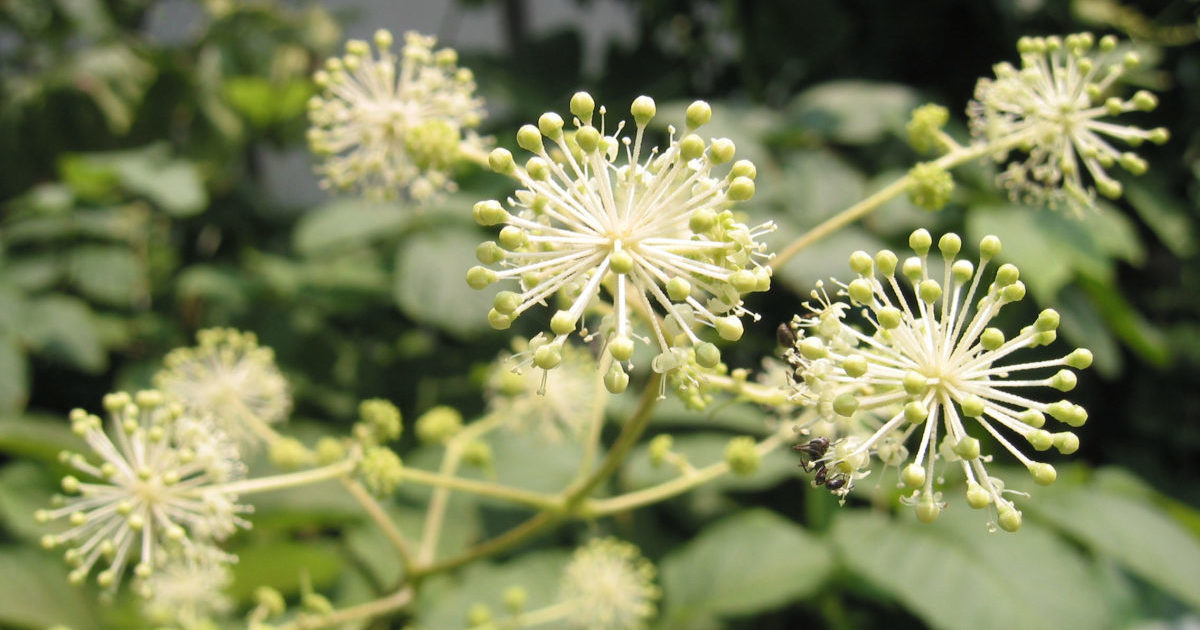 Aralia Manchurian - medicinal properties and contraindications, the use of tinctures in bodybuilding
Aralia Manchurian - medicinal properties and contraindications, the use of tinctures in bodybuilding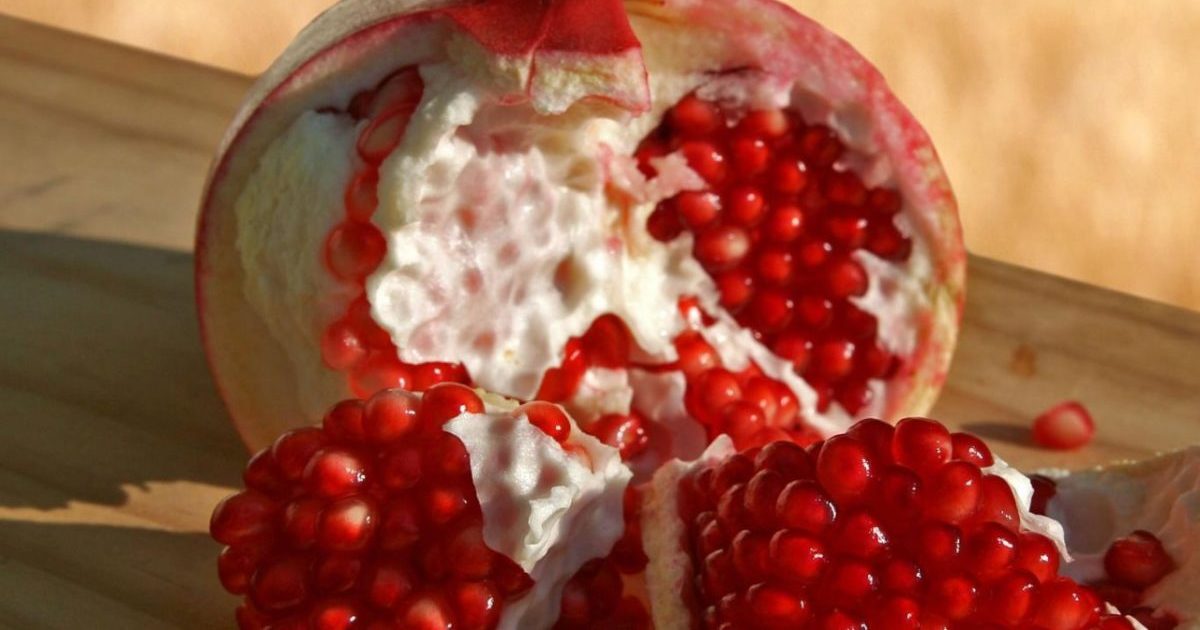 Seedless pomegranate - cutaway appearance, benefits and harms
Seedless pomegranate - cutaway appearance, benefits and harms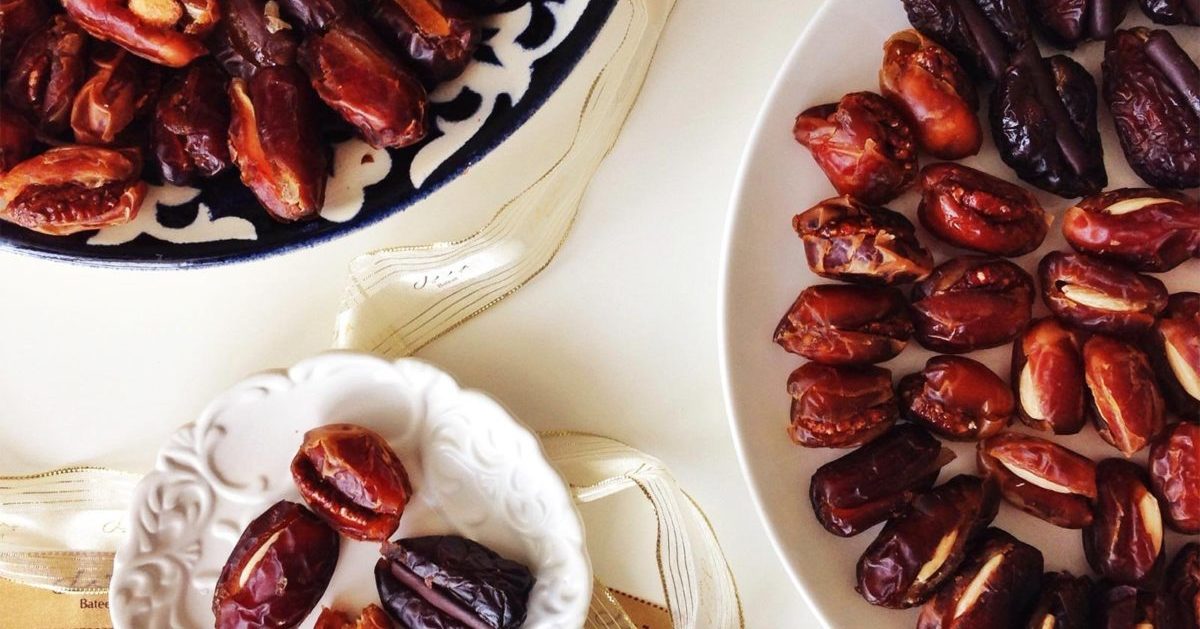 Dates - the benefits and harm to the body, how much you need to eat, properties and calorie content
Dates - the benefits and harm to the body, how much you need to eat, properties and calorie content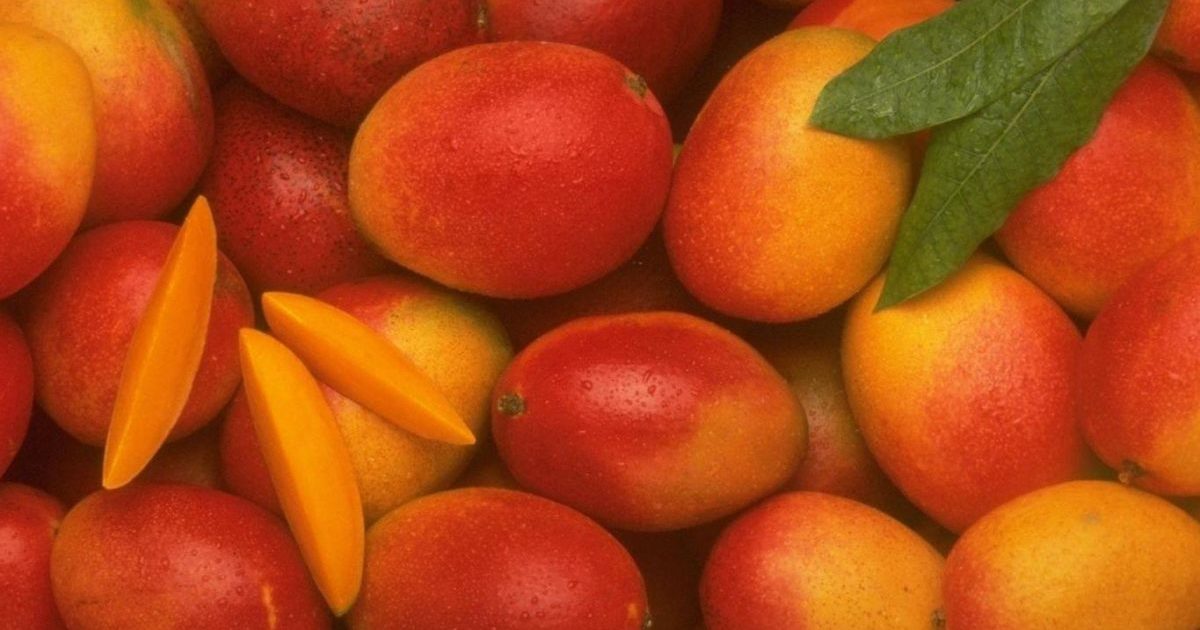 The benefits and harms of mango for the body of women and men - how to eat it?
The benefits and harms of mango for the body of women and men - how to eat it?